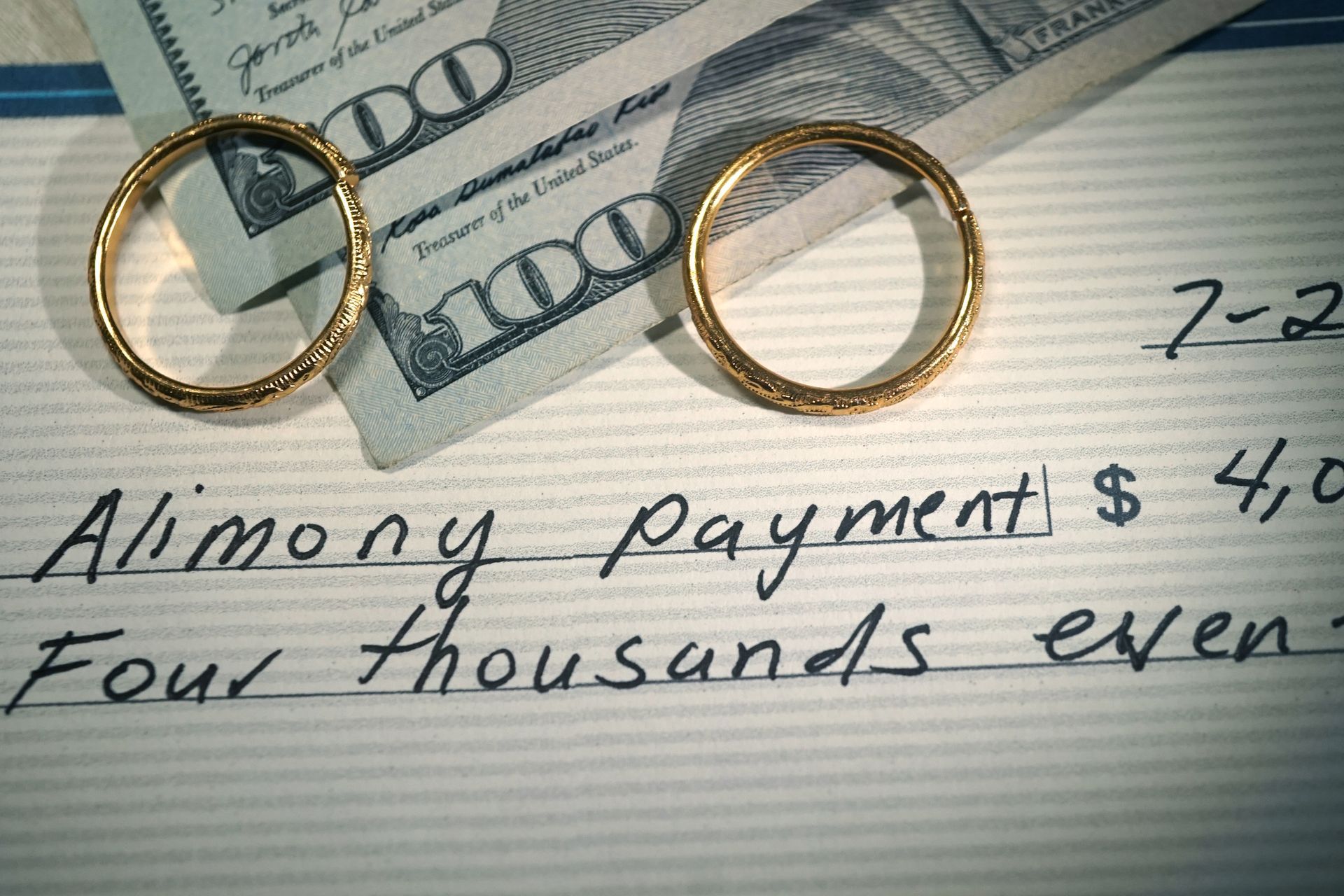Confused By Alimony? Understanding 3 Common Misconceptions | Allan Brandon Tise PLLC, Attorney at Law

Divorce is more than just an end of a physical relationship. For most married couples, divorce also consists of ending a financial relationship. Even though you may not share bank accounts and certain bills once the divorce is final, one spouse may need to pay alimony to the other spouse. Also known as spousal support or spousal maintenance, alimony is a common cause of stress and anxiety for couples who are divorcing. If you want to file or finalize a divorce, you need to understand a few misconceptions about alimony. This guide and your attorney can help you understand this complex divorce procedure.
1. Husbands Always Pay Alimony
One of the most common misconceptions people believe is that husbands are always ordered to pay alimony. In reality, there are many factors that determine who pays and how much is paid. Because many wives leave their careers to care for the home and family while the husband works and builds a career, it is easy to see why husbands tend to pay alimony more than the wives. However, many households do have stay-at-home husbands/dads and wives/moms who bring in the sole income for the family. This will usually result in the woman being ordered to pay alimony to the man. In households where both the husband and wife bring in an income, the judge will take marital misconduct into consideration when they determine alimony agreements. If one spouse committed adultery or was abusive, they may be required to pay alimony if they have the financial means to do so. Child custody is another factor that determines who pays alimony. The spouse who will have the children the majority of the time will usually receive alimony payments in addition to child support because extra household expenses will be necessary. Unfortunately, there is no black-and-white answer when it comes to determining who pays alimony. You should consult your attorney about issues related to your specific case.
2. Alimony Is Paid for Life
Many people believe that alimony must be paid for life. This is a difficult misconception to understand because the length alimony is paid for depends on the specific type of alimony ordered by the judge. While surprising to learn, permanent alimony is a possibility. Also known as indefinite alimony, this permanent option is paid until the receiving spouse dies or until the courts believe the alimony is no longer necessary for one reason or another. It is important to note that there are situations where alimony must be paid even after the receiving spouse passes away. If the receiving spouse was never able to gain employment because of their age or health, the courts may order the alimony payments to continue being paid to the receiving spouse's beneficiary/estate. Rehabilitative alimony is also a popular option. This type of alimony is paid until a specific period of time, which is usually when the receiving spouse is able to obtain gainful employment that brings in a sufficient income with which they can support themselves.
3. Alimony Payments Are Tax Deductible
Before 2019, alimony payments were tax deductible to the payer and used as taxable income for the payee. In 2019 and beyond, alimony payments are not deductible and don’t need to be reported. However, as with most things, there are exceptions to this rule when the old rules still apply. If your divorce was executed before 2018, you can still report the alimony payments made to the receiving spouse as a deduction on form 1040, as long as certain stipulations are met. You must have paid the alimony in cash payments and you cannot live in the same home as your ex-spouse. Also, to deduct alimony payments, you and your ex-spouse must file tax returns separately. If you have more questions regarding your divorce or alimony payments, contact Allan Brandon Tise, PLLC today.















